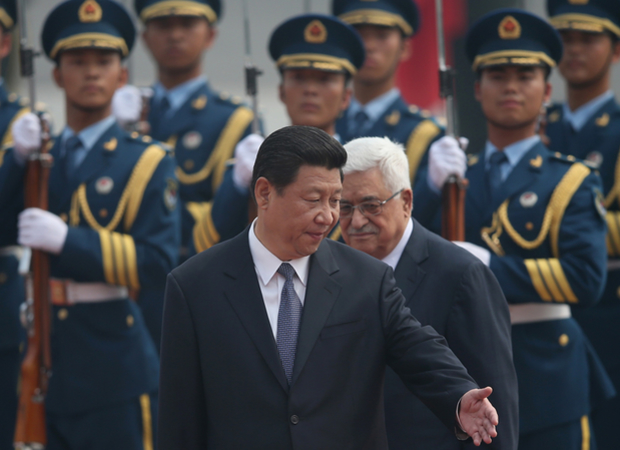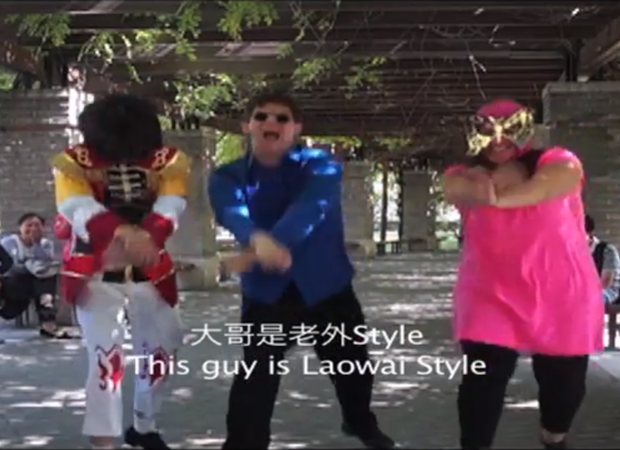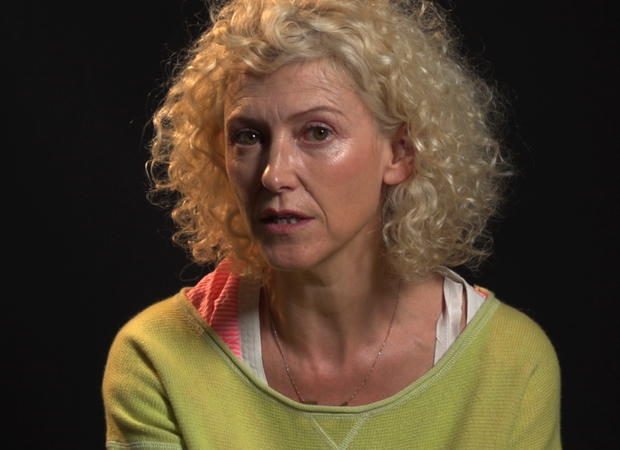From their website:
The Bendigo Advertiser has delivered trusted news to the people of central Victoria since 1853.
Arthur Moore Lloyd and Robert Ross Haverfield founded the newspaper on the goldfields with Haverfield the founding editor.
The first issue of the Bendigo Advertiser and Sandhurst Commerical Courier appeared as a single sheet, 17 inches by 11 inches, on December 9, 1853.
The production cost of the 500-copy print run for the first edition was 18 pounds and the newspaper cover price was equal to five cents in today's value.
Four months after that first edition, the Bendigo Advertiser grew to four pages.
In 1855, the Bendigo Advertiser was acquired by young Sydney reporter Angus Mackay in partnership with Irish barristers John Henderson and James Joseph Casey.









